When to use hit and when to use it
Shaetlan has two forms that both translate to StE 'it': hit and it. They are not used in exactly the same ways. The form hit carries more emphasis and tends to be used as "dummy" subjects in impersonal sentences like
It will become clear later.
where 'it' does not refer to anything in particular. Hit is also the default form in so-called "cleft sentences". Cleft means 'divided, split' and a cleft sentence is one which has been split, so that one part is moved to a different position so as to give it more emphasis, like in
It was for the soup that I came.
It was because they got scared that they jumped.
In a corpus of spoken Shaetlan with more than 316,000 words the absolute majority of hit-forms were used as impersonal dummies and in clefts (for the statistically minded: X2=59.76, df=1, N=3,805, p<.00001***). In other words, "hit" has a different grammatical function from "it". To not differentiate between "hit" and "it" – that is to only use "hit" all the time, or "it" all the time – would be a hypercorrection that masks this grammatical refinement in Shaetlan and would make the language more similar to StE. Also, to hear "hit" used all the time can be grating: it makes it sound contrived because everything sounds overly focused and emphasised.
🎂
Picture by Julie Dennison

